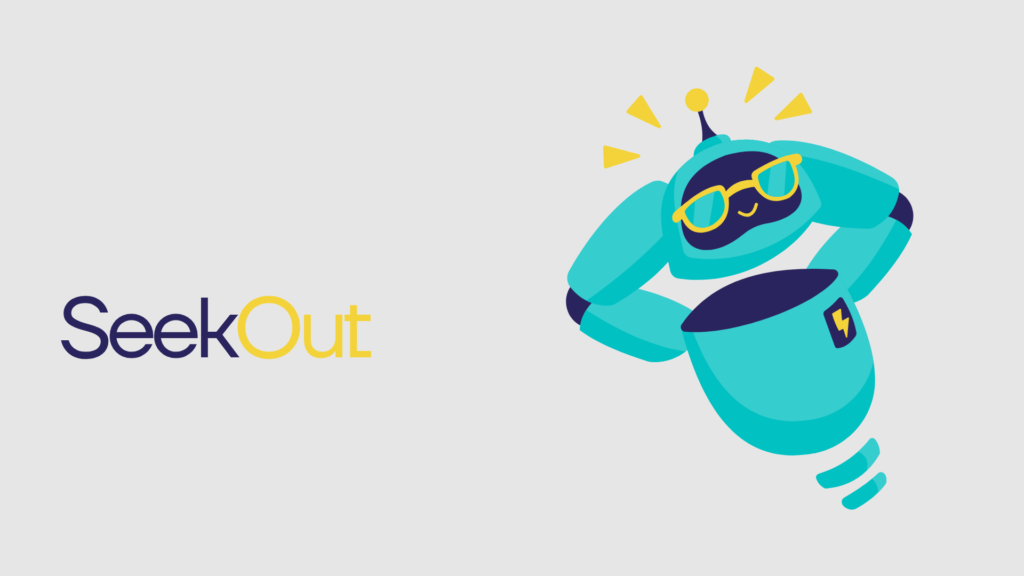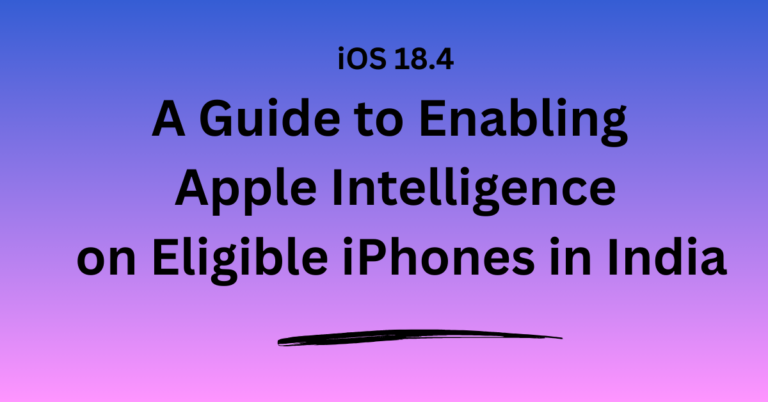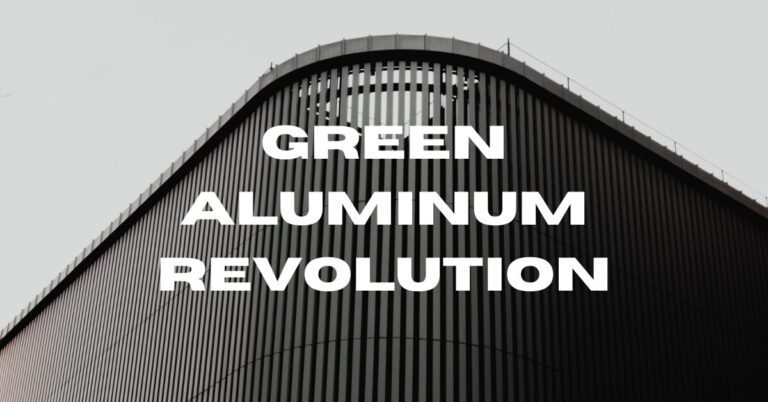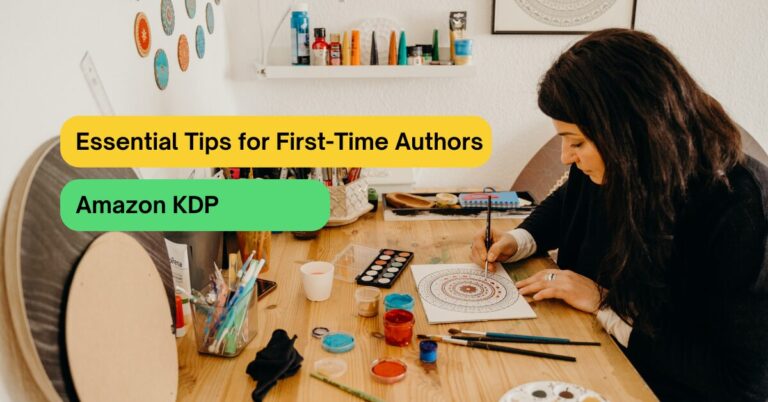Strategic Talent Alignment: How AI-Driven Recruitment Solutions Drive Organizational Growth and Employee Retention 2025
In the rapidly evolving business landscape of 2025, organizations face an unprecedented challenge: the need to attract, develop, and retain top talent while simultaneously adapting to technological disruption and shifting workforce expectations. The traditional approach to recruitment—posting job descriptions, screening resumes, and conducting interviews—has become inadequate in addressing these complex talent management needs. Enter AI-driven recruitment solutions, a transformative force reshaping how organizations approach strategic talent alignment, driving both organizational growth and employee retention.
The convergence of artificial intelligence, automation, and data analytics has created a new paradigm in talent management. Rather than viewing recruitment and retention as separate functions, forward-thinking organizations are recognizing them as interconnected elements of a comprehensive talent strategy. This strategic alignment is not merely a buzzword; it represents a fundamental shift in how companies compete for and nurture their most valuable asset: their people.

The Business Imperative: Why Strategic Talent Alignment Matters – AI-Driven
Strategic talent alignment refers to the seamless integration of organizational business objectives with talent acquisition, development, and retention strategies. When executed effectively, this alignment creates a multiplier effect that drives measurable business outcomes. According to recent research, organizations with well-coordinated business and talent strategies demonstrate significantly higher performance metrics across multiple dimensions, from revenue growth to employee satisfaction.
The stakes have never been higher. Employee retention costs represent a substantial drain on organizational resources, with turnover expenses reaching up to 200% of an employee’s annual salary when accounting for recruitment, training, and lost productivity. Simultaneously, the competition for skilled talent has intensified, with organizations worldwide vying for qualified professionals in an increasingly specialized job market. The 2025 workforce is no longer satisfied with simply having a job; employees are seeking opportunities for growth, meaningful work, and alignment between their personal aspirations and organizational values.
This is where AI-driven recruitment solutions emerge as a game-changer. By automating routine tasks, providing predictive insights, and enabling personalization at scale, AI technology allows organizations to build more effective talent strategies that address both immediate hiring needs and long-term organizational objectives.
Understanding AI-Driven Recruitment: Beyond Automation
To appreciate the transformative potential of AI-driven recruitment, it’s essential to move beyond the simplistic view of AI as merely an automation tool. While automation is certainly a valuable component of AI-driven recruitment, the technology encompasses far more sophisticated capabilities that fundamentally enhance talent decision-making.
Modern AI recruitment platforms operate across multiple dimensions. First, there is intelligent sourcing, where AI algorithms can scan hundreds of millions of candidate profiles across dozens of platforms simultaneously, identifying qualified candidates in seconds rather than hours or days. This represents an exponential improvement in search efficiency, allowing organizations to cast a wider net and discover talent that traditional recruitment methods might miss.
Second, there is predictive analytics, where machine learning algorithms analyze historical hiring and performance data to identify candidates most likely to succeed in specific roles. By examining patterns from past hires who excelled, AI can assess candidate potential with remarkable accuracy, reducing both time-to-hire and cost-per-hire while improving quality of hire. This capability extends beyond initial hiring; predictive analytics can forecast which employees are at risk of leaving, enabling proactive retention interventions.
Third, there is personalization at scale. One of recruitment’s persistent challenges has been providing individualized attention to candidates and employees within large organizations. AI solves this through generative AI capabilities that can tailor job recommendations, learning paths, and development opportunities to individual profiles. For candidates, this means receiving role recommendations that genuinely align with their skills and aspirations. For employees, it means accessing personalized career development plans that reflect their unique strengths and goals.
Finally, there is the emerging frontier of agentic AI—systems that don’t merely recommend actions but autonomously execute them. Agentic AI can post jobs, source candidates, send personalized outreach, schedule interviews, and continuously refine its processes based on outcomes. This represents a fundamental shift from AI as a passive tool to AI as an active collaborator in the recruitment process.
Driving Organizational Growth Through Precision Talent Alignment
The connection between strategic talent alignment and organizational growth is both direct and measurable. When organizations successfully align their talent strategies with business objectives, they create conditions for accelerated growth and competitive advantage.
Faster Time-to-Impact Hiring
One of the most immediate benefits of AI-driven recruitment is dramatically reduced time-to-hire. Traditional recruitment processes often stretch across weeks or months, creating organizational drag where critical roles remain unfilled. AI-driven platforms can reduce hiring cycles by 30-50%, allowing organizations to fill positions faster and deploy talent to high-impact work more quickly. This acceleration is particularly valuable during critical growth phases or when responding to market opportunities that require rapid scaling.
The speed advantage extends beyond individual hires. For organizations pursuing aggressive growth strategies, the ability to build talent pipelines and execute hiring at scale becomes a competitive differentiator. Companies can move faster than competitors, establish market presence more rapidly, and capture growth opportunities before others can mobilize their human resources.
Skills-Based Strategic Hiring
In 2025, the traditional credential-focused hiring model is becoming obsolete. Job market disruption means that degrees become outdated faster than ever, and technical skills evolve at breakneck pace. Organizations recognizing this shift are transitioning toward skills-based hiring, where recruitment decisions prioritize demonstrated capabilities over educational credentials or job titles.
AI-driven platforms excel at skills mapping and assessment. Rather than simply matching job descriptions to resume keywords, advanced AI systems understand skill clusters and competencies. For instance, if a role requires data visualization, the system understands that experience with Tableau, Power BI, and dashboard creation represent equivalent capabilities. This nuanced understanding enables organizations to tap into broader talent pools, including career changers and non-traditional candidates who possess the requisite skills despite unconventional backgrounds.
For organizational growth, skills-based hiring unlocks access to previously untapped talent segments, expanding the addressable candidate pool and enabling organizations to build more diverse teams. Diverse teams bring varied perspectives that fuel innovation—a critical driver of sustainable competitive advantage.
Internal Mobility and Workforce Agility
One of the most underutilized levers for driving organizational growth is internal talent mobility. Many organizations focus obsessively on external hiring while overlooking the talent development and deployment opportunities within their existing workforce. AI-driven recruitment solutions address this by identifying and mobilizing internal talent for new opportunities.
Sophisticated talent platforms can map internal skills inventories against organizational needs, identifying high-potential employees suited for different roles, departments, or geographies. This internal marketplace approach accomplishes several objectives simultaneously: it reduces external hiring costs, accelerates time-to-productivity for role transitions (since internal hires already understand organizational culture and processes), and demonstrates career development opportunities that enhance employee engagement and retention.
When AI enables rapid identification and deployment of internal talent, organizations develop greater organizational agility. They can shift resources quickly in response to market changes, scale specialized functions rapidly, and maintain continuity while minimizing disruption.
Employee Retention: From Prediction to Proactive Intervention
While attracting talent is essential, retaining skilled employees is equally critical for organizational success. The traditional approach to retention—waiting until employees express intent to leave and then scrambling to offer counteroffers—is reactive and often ineffective. AI-driven solutions enable a fundamentally different approach: predicting retention risks and implementing proactive interventions before problems escalate.
Predictive Analytics for Early Warning Systems
Modern AI systems can analyze vast amounts of employee data—performance metrics, attendance patterns, engagement scores, communication frequency, and behavioral signals—to identify patterns that precede resignation decisions. These systems can often flag at-risk employees weeks or months before they formally announce their departure. This early warning capability transforms retention from a crisis-management function to a proactive strategic initiative.
The predictive accuracy is substantial. Organizations implementing AI-powered retention strategies are reporting 15-25% reductions in voluntary turnover rates. For organizations with hundreds or thousands of employees, even modest improvements in retention translate to significant financial impact and strategic benefit.
Personalized Development and Career Pathing
Employees leave organizations for many reasons, but lack of career development consistently ranks among the top drivers of voluntary turnover. Traditional career development has often been one-size-fits-all: generic training programs, standardized progression paths, and annual performance discussions that offer limited guidance on genuine growth opportunities.
AI transforms this through personalized career development. By analyzing an employee’s role, performance history, skill assessments, and stated career aspirations, AI can recommend tailored learning pathways and development opportunities specifically designed to prepare the employee for their desired career trajectory. This personalization creates a sense of investment and value—employees feel that the organization understands them as individuals and is committed to their professional growth.
For organizations, personalized development serves dual purposes. It builds employee commitment and retention while simultaneously building organizational capability by ensuring that employees develop skills aligned with current and future business needs. This represents a shift from viewing training as a cost center to viewing it as a strategic capability-building investment.
Real-Time Engagement and Sentiment Analysis
Traditional employee engagement measurements have relied on annual surveys and periodic pulse surveys—point-in-time snapshots that quickly become dated. AI-powered sentiment analysis tools continuously monitor employee sentiment across multiple channels: emails, chat messages, survey responses, and performance feedback. Natural language processing algorithms analyze the emotional tone and content of these communications to gauge overall satisfaction and identify emerging concerns in real time.
This real-time visibility enables managers and HR teams to identify and address concerns before they crystallize into resignation decisions. When an employee’s sentiment dips, the system can alert managers to investigate potential issues—workplace conflicts, project misalignment, development frustrations, or work-life balance challenges. Early intervention at this stage, when issues are still addressable, can prevent turnover that might otherwise be inevitable.
The Integration Imperative: Building Comprehensive AI-Driven Talent Systems
The most successful AI implementations in 2025 don’t treat recruitment and retention as isolated functions. Instead, leading organizations are building integrated talent systems that weave AI throughout the entire employee lifecycle.
From Recruitment Through Development
The most sophisticated AI platforms create a unified ecosystem spanning recruitment, onboarding, performance management, development, and retention. When these functions operate in isolation, optimization opportunities are lost. When they’re integrated, powerful synergies emerge.
For instance, the AI system that sourced and hired a candidate can seamlessly transition to providing onboarding guidance, recommending development opportunities, and continuously monitoring engagement throughout the employee’s tenure. The system learns from hiring decisions—which candidates ultimately performed well, which struggled, what patterns preceded success or failure—and applies these learnings to future hiring decisions. This continuous learning loop creates a virtuous cycle of improving talent outcomes.
Skills-Based Organizational Design
As AI enables increasingly sophisticated skills mapping and inventory, forward-thinking organizations are rethinking organizational structure itself. Rather than designing organizations around fixed job titles and departments, AI-enabled organizations are moving toward skills-based organizational design, where work is organized around competencies and talent is allocated to projects and initiatives based on skill match rather than traditional reporting structures.
This approach creates remarkable flexibility. When market conditions shift, customer needs change, or new opportunities emerge, organizations can rapidly assemble teams with the right skill combinations without waiting for personnel moves or external hiring. For employees, it creates opportunities to work on diverse projects that align with their skills and interests.
Implementation Considerations: Making AI-Driven Talent Strategies Work
Understanding the theoretical benefits of AI-driven recruitment is one thing; successfully implementing these systems is another. Organizations seeking to maximize AI’s talent management potential should consider several critical success factors.
Data Quality and Preparation
AI systems are only as effective as the data they process. Organizations must invest in data hygiene, ensuring that employee records, performance data, and skills inventories are accurate, complete, and standardized across systems. This foundational work, while unglamorous, is essential for building reliable AI systems.
Ethical Implementation and Bias Mitigation
As AI makes increasingly important decisions about hiring, promotion, and development, organizations face growing ethical and regulatory scrutiny. The European Union, United States, and Asia-Pacific regions are implementing regulations requiring transparency, bias auditing, and explainability in AI hiring systems. Organizations must proactively build ethical safeguards into AI systems, regularly audit for bias, and ensure that AI augments human judgment rather than replacing it.
Change Management and Stakeholder Alignment
Introducing AI-driven recruitment requires significant changes in how talent teams work. Recruiters shift from primarily executing search and screening tasks to primarily engaging in high-value candidate conversations and relationship building. HR teams shift from managing periodic hiring cycles to continuously monitoring workforce dynamics and proactively addressing emerging opportunities and challenges. This requires thoughtful change management, training, and clear communication about how AI enhances rather than threatens human talent professionals.
Integration with Existing Systems
Organizations rarely build talent systems from scratch. Instead, AI tools must integrate with existing HR technology stacks, applicant tracking systems, HR information systems, and payroll platforms. Successful implementation requires careful attention to integration architecture, data flows, and system interoperability.
Conclusion: The Future of Strategic Talent Alignment
The convergence of AI, automation, and advanced analytics has fundamentally transformed the talent management landscape. Organizations that successfully implement AI-driven recruitment solutions are not simply reducing hiring costs or speeding up hiring cycles—though they achieve both. Rather, they are fundamentally reshaping how talent strategies align with business objectives.
Strategic talent alignment in 2025 means using AI to identify and acquire talent precisely matched to organizational needs, accelerating time-to-impact for new hires, enabling internal talent mobility that maximizes workforce agility, and implementing proactive retention strategies that keep top performers engaged and committed. It means building integrated talent systems where every function—from recruitment through development—works in concert toward shared objectives.
The organizations that will thrive in 2025 and beyond will be those that recognize talent strategy as a core strategic lever, not a peripheral HR function. By leveraging AI-driven recruitment solutions thoughtfully and strategically, they will build more capable organizations, create better experiences for both employees and candidates, and unlock competitive advantages that drive sustainable growth.
The future belongs to organizations that master strategic talent alignment—and AI is the key technology enabling this transformation.
References
Strategic talent development improves organizational agility, innovation capacity, and employee engagement, contributing to sustained competitive advantage through aligned business and talent strategies.
Business and talent strategy alignment impacts organizational performance through improved execution speed, adaptability to market changes, and enhanced goal achievement through properly equipped workforces.
AI-powered retention strategies using predictive analytics and sentiment analysis are reducing voluntary turnover by 15-25% while enabling proactive intervention before employee departure.
AI-driven platforms enable skills-based hiring and personalized career development through sophisticated matching algorithms and machine learning analysis of historical success patterns and individual aspirations.
Personalized learning pathways and development opportunities improve employee engagement and retention while building organizational capability aligned with business objectives.
Agentic AI represents a fundamental shift in recruitment automation, enabling systems to autonomously execute hiring workflows including sourcing, outreach, scheduling, and process refinement while maintaining ethical safeguards.
Time-to-hire reductions of 30-50% through AI-driven recruitment enable faster resource deployment and competitive advantage during growth initiatives and market opportunities.
Early warning systems using predictive analytics can identify at-risk employees weeks or months before resignation, enabling proactive retention interventions.
Integrated AI talent systems create learning loops where hiring decisions inform future recruitment strategies, continuously improving talent outcomes across the organization.
AI-powered systems use continuous performance monitoring and sentiment analysis to enable real-time engagement insights and manager intervention capabilities beyond traditional annual survey approaches.







One Comment